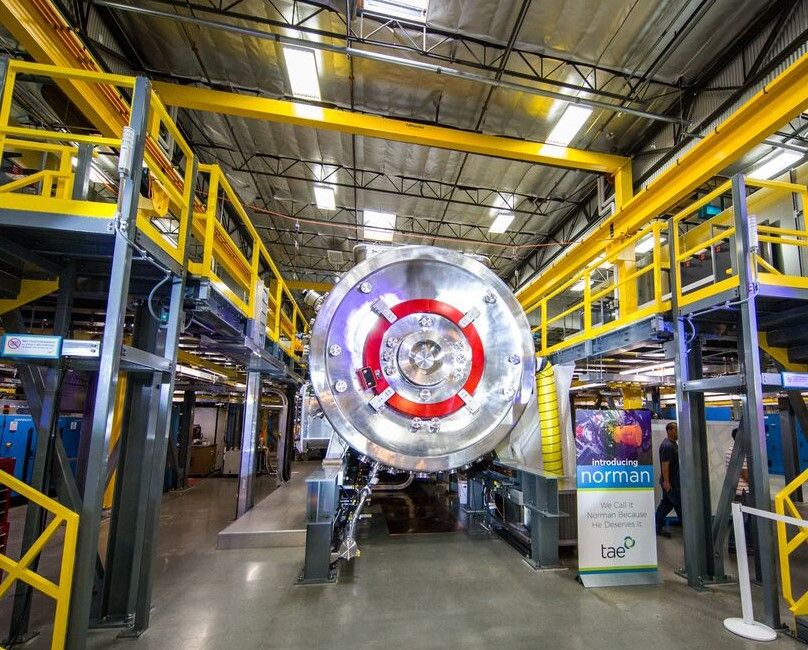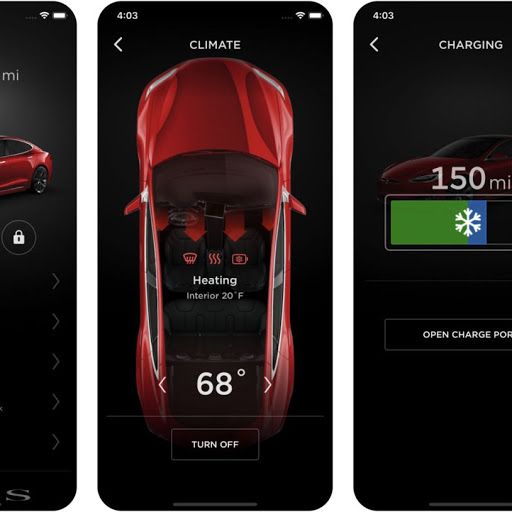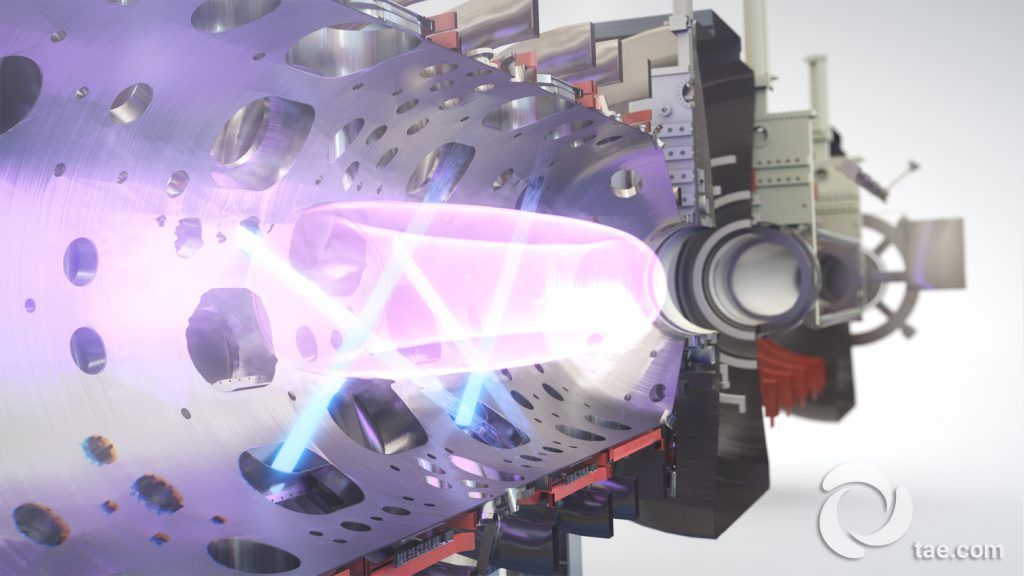Archive for the ‘sustainability’ category: Page 559
Feb 12, 2018
Farms Of The Future Will Use No Soil And 95% Less Water
Posted by Magnus Frolov in categories: food, sustainability

A zero-soil vertical farm is growing fresh greens stacked over 30 feet high.
Make sure to follow Focal Point for more stories like this!
Feb 11, 2018
Charge your phone using ambient light and printed solar cells
Posted by Genevieve Klien in categories: mobile phones, solar power, sustainability
Printed plastic solar cells should be able to harvest enough energy from indoor light to power your phone within the next few months.
Feb 11, 2018
Tesla updates mobile app to bring new cold weather convenience features
Posted by Genevieve Klien in categories: sustainability, transportation
Tesla released a new update to its mobile app to include some new cold weather convenience features when combined with its latest car software update.
Feb 11, 2018
Elon Musk’s record-breaking ‘virtual power plant’ will see 50,000 homes given free solar panels and Tesla batteries
Posted by Genevieve Klien in categories: Elon Musk, energy, government, sustainability, transportation
Elon Musk has agreed to build what is being hailed the “world’s largest virtual power plant”, by rolling out solar panels and Tesla batteries to 50,000 homes in South Australia. The scheme, which will be completed over the next four years, will see any excess energy stored in each battery fed back into the grid to provide power to the rest of the state whenever required. The South Australian government claims participating households will generate a total of 250MW of electricity – about half as much energy produced by a typical coal-fired power station. Read more — Elon Musk about to launch…
Feb 10, 2018
TAE Technologies Gen 5 reactor targets tripling confinement with 10 times the power by 2020
Posted by Genevieve Klien in categories: nuclear energy, sustainability
TAE Technologies, Inc. (formerly Tri Alpha Energy), the world’s largest and most advanced private fusion company, has announced that its proprietary beam-driven field-reversed configuration (FRC) plasma generator, “Norman,” surpassed a new technical milestone, bringing the company closer to the reality of commercial fusion power. This latest achievement marks a significant step in the company’s mission to create a global energy revolution with clean, safe, sustainable fusion energy.
Norman, the $100MM National Laboratory-scale device named for company founder Dr. Norman Rostoker, was unveiled in May 2017 and quickly reached first plasma in June 2017. After over 4,000 experiments to date, Norman has now exceeded the capabilities and performance of the company’s previous FRC plasma generator, C-2U, and sets a new company record for plasma temperature.

Feb 10, 2018
TAE Technologies pushes plasma machine to a new high on the nuclear fusion frontier
Posted by Klaus Baldauf in categories: climatology, nuclear energy, sustainability

TAE Technologies, the California-based fusion company backed by Microsoft co-founder Paul Allen, said its latest and greatest plasma generator has exceeded the headline-grabbing performance of its previous machine.
“This announcement is an important milestone on our quest to deliver world-changing, clean fusion energy to help combat climate change and improve the quality of life for people globally,” Michl Binderbauer, the company’s president and chief technology officer, said in a news release. “This achievement further validates the robustness of TAE’s underlying science and unique pathway.”
Feb 9, 2018
5D storage crystal joins Tesla Roadster on incredible space journey
Posted by Genevieve Klien in categories: Elon Musk, space travel, sustainability
The successful launch of the new rocket, the Falcon Heavy, by SpaceX from the Kennedy Space Centre in Florida into a Mars orbit around the Sun, has captured the world’s imagination and attention mainly because of its power but also because of its payload.
Famously aboard the spacecraft is a Tesla Roadster, owned by SpaceX CEO Elon Musk, but joining the bright red sports car on its journey around our solar system is the Arch Library, created using 5D optical storage technology developed by Professor Peter Kazansky and his team at the University of Southampton’s Optoelectronics Research Centre.
This first Arch library (pronounced Ark) – known as the Solar Library — contains the Foundation Trilogy of science fiction books written by Elon Musk’s favourite American author, Isaac Asimov… Archs are the vision of the Arch Mission Foundation which wants to permanently preserve and disseminate human knowledge as part of an ‘Encyclopedia Galactica’ across time and space for the benefit of future generations.
Feb 9, 2018
First 3D imaging of excited quantum dots
Posted by Genevieve Klien in categories: biotech/medical, quantum physics, solar power, sustainability
Quantum dots are rapidly taking center stage in emerging applications and research developments, from enhanced LCD TVs and thin-film solar cells, to high-speed data transfer and fluorescent labeling in biomedical applications.
Feb 9, 2018
Observatory Spots Elon Musk’s Tesla Roadster Zooming Through Space (Video)
Posted by Genevieve Klien in categories: Elon Musk, space travel, sustainability
The Tesla Roadster and its mannequin driver that launched into space aboard SpaceX’s first Falcon Heavy rocket on Tuesday (Feb. 6), has been spotted by a telescope on the ground.















